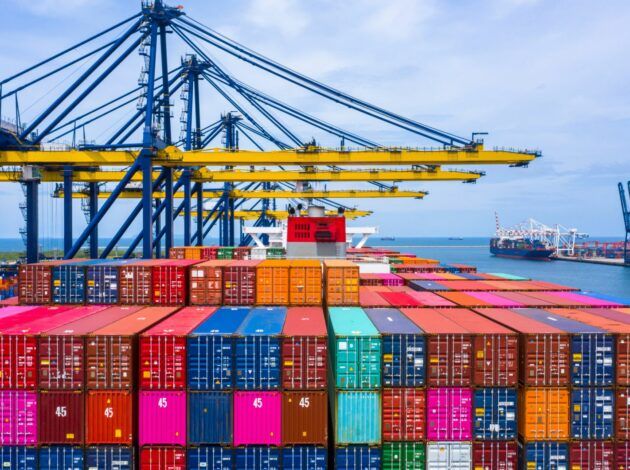World export price inflation rose 15% in the first quarter of 2022, the Bank of England reported.
Global inflationary pressures have intensified considerably following the invasion of Ukraine.
This largely reflects further sharp increases in energy and other commodity prices.
It also reflects the impact of ongoing and more widespread disruption to global supply chains on tradable goods prices, including restrictions in China to contain Covid outbreaks.
Additionally, the shift in global demand toward durable goods and away from services, particularly in the United States, continues to exert significant upward pressure on tradable goods prices.
Bank staff estimate that, on a UK-weighted basis, four-quarter global export price inflation, including energy, rose to 15% in the first quarter of 2022, with prices of world exports to increase further in the short term.
This is putting substantial upward pressure on consumer price inflation in many countries.
World export
Four-quarter world export price inflation is then forecast to fall sharply and turn negative in mid-2023.
The sharp drop largely reflects the assumption that global commodity prices remain constant beyond six months.
Further, it reflects the Committee’s expectations that supply chain disruption will begin to ease later this year and demand, particularly in the United States, will shift from durable goods to services.
Both of these factors will put downward pressure on tradable goods prices, although they are expected to remain well above their pre-pandemic levels by the end of the forecast period.
The projected fall in energy and other commodity prices and the easing of global bottlenecks are the main reasons why global consumer price inflation is receding considerably beyond the short term.
![]()

